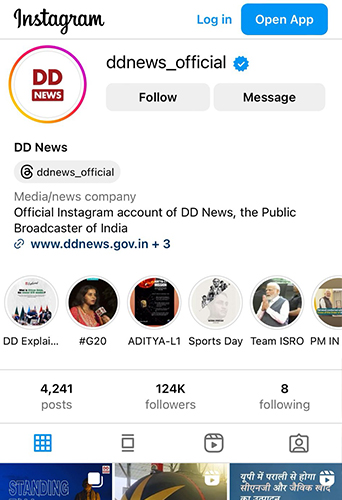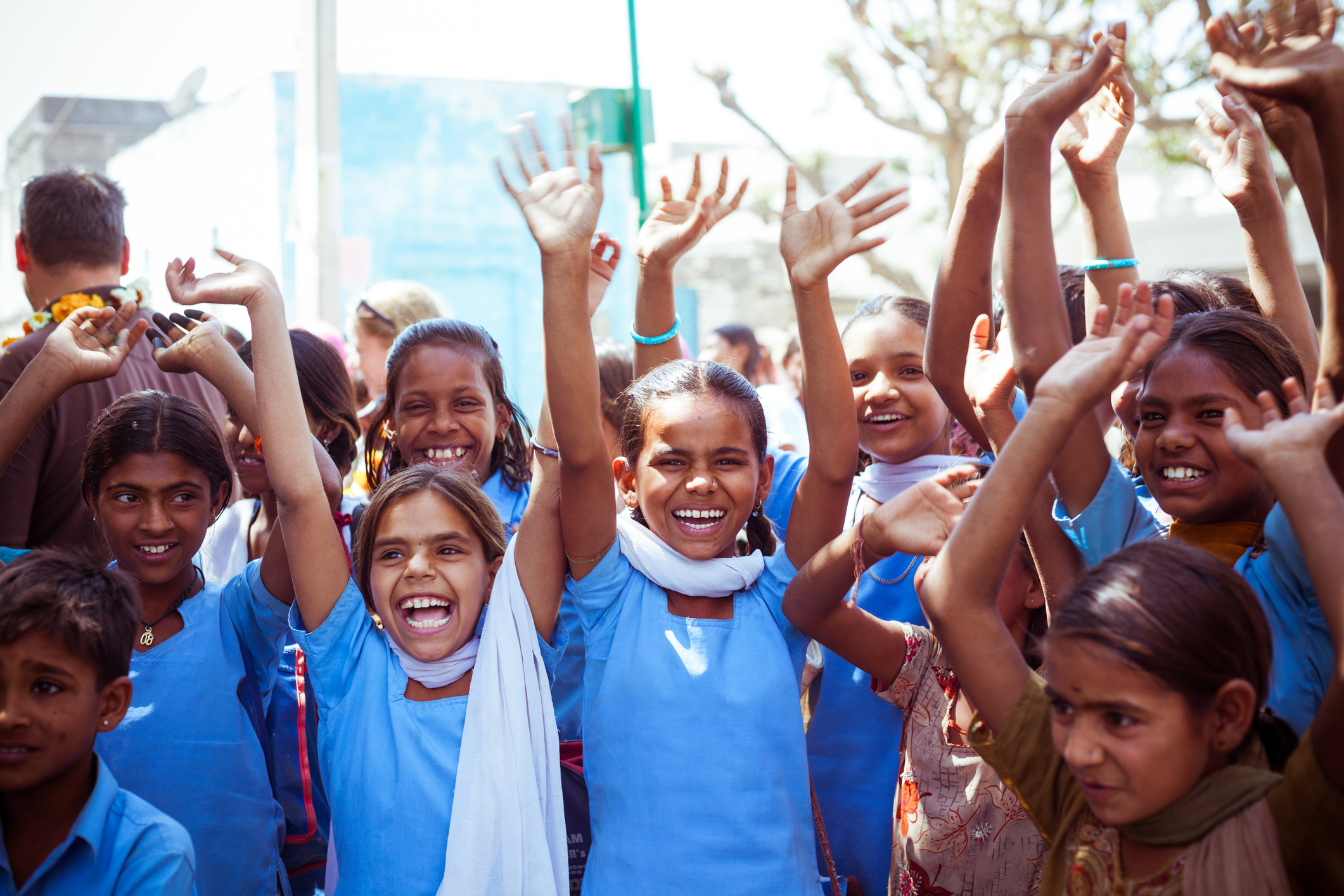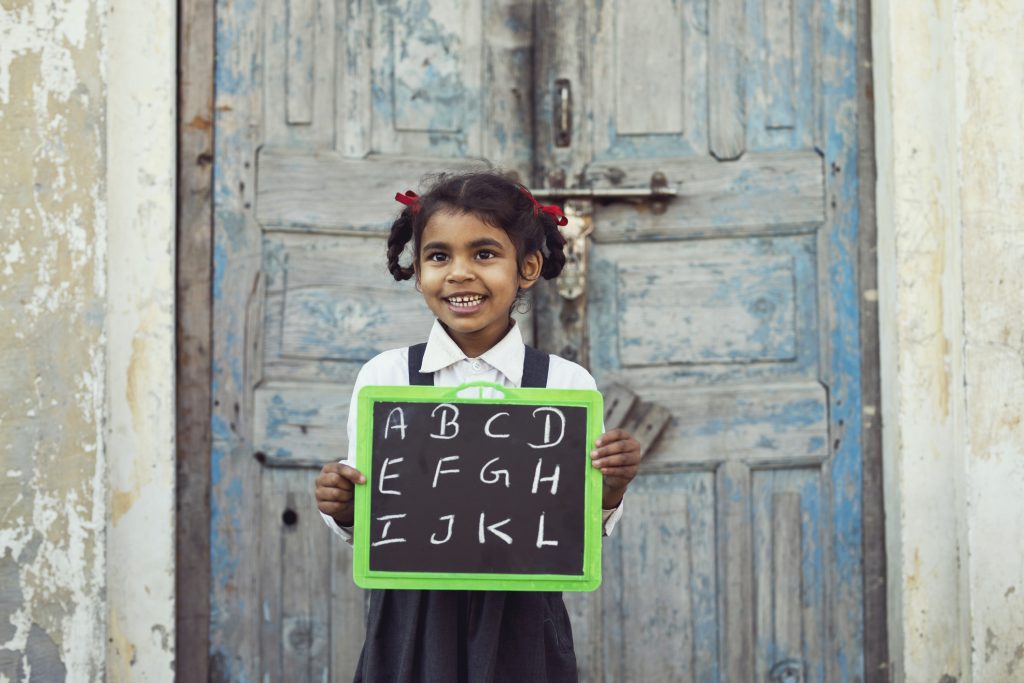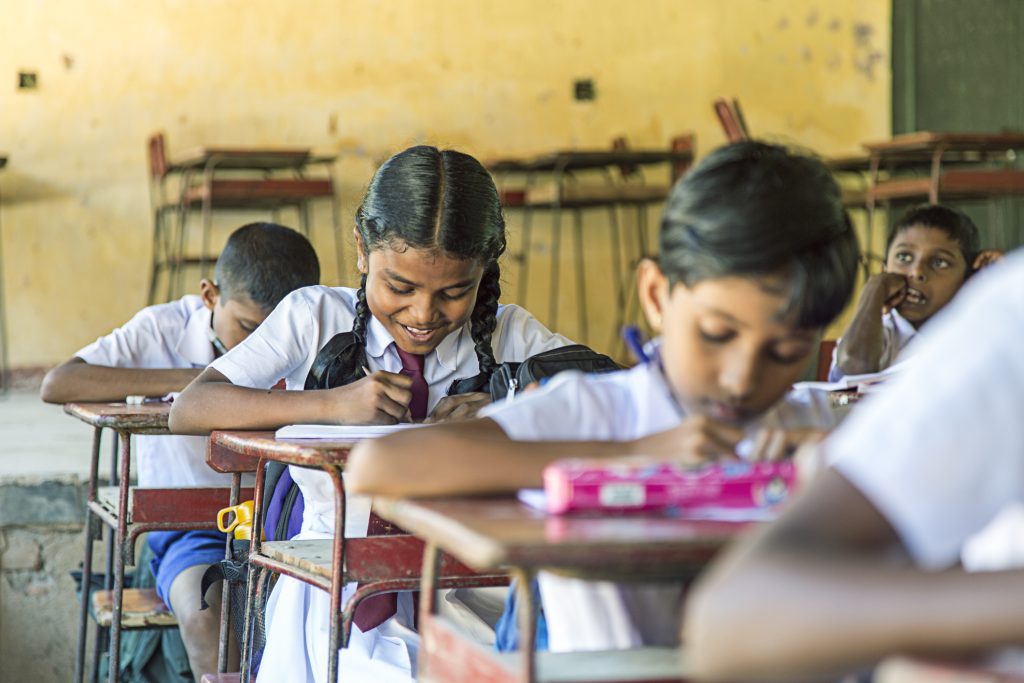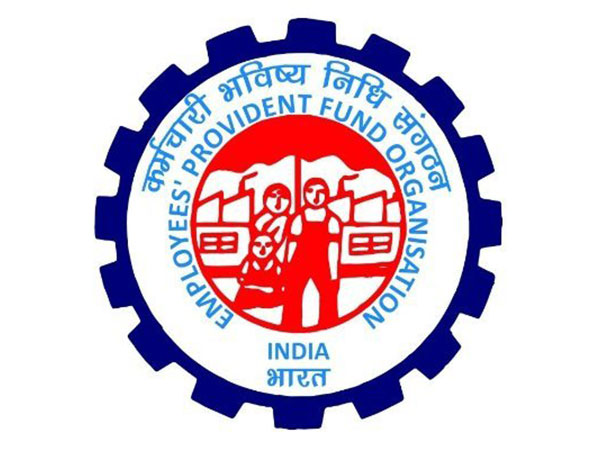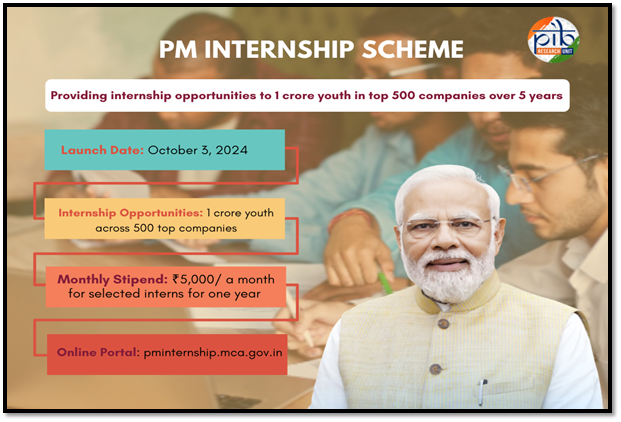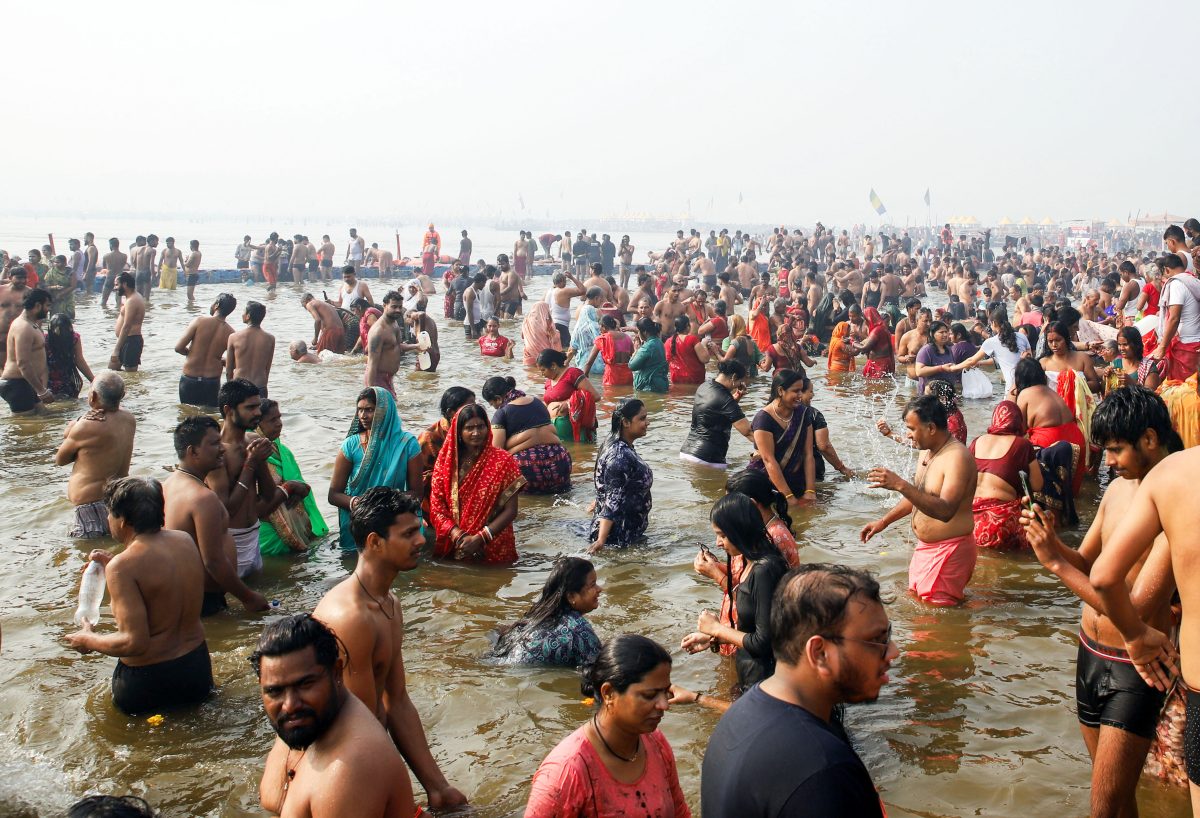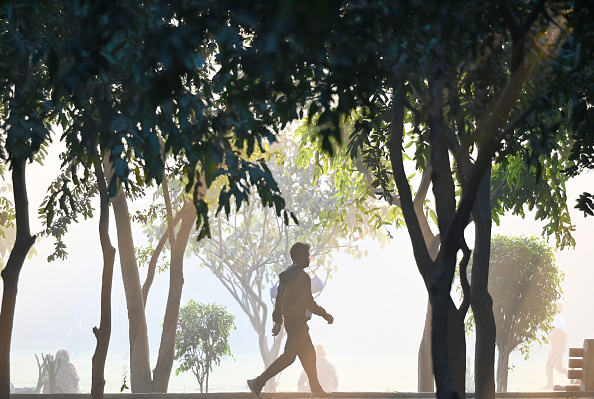The Union Ministry of Women and Child Development marked the 10th anniversary of the Beti Bachao Beti Padhao (BBBP) Scheme on 22 January 2025. Launched in 2015, the scheme aims to protect, educate, and empower girls while addressing gender imbalance and declining child sex ratio in India. States, Union Territories, and Districts implement programmes tailored to local needs and stakeholders to achieve these objectives.
Palamu district in Jharkhand has been implementing the initiative in alignment with the 100 Din Sankalp Abhiyan. The Administration and Social Welfare Office of Palamu launched a series of awareness programmes to address gender inequality, women’s rights, and child protection. The district has undertaken a structured approach through the “100 Din Beti Bachao, Beti Padhao” campaign, addressing education, health, and safety.
In this 100-day campaign, more than 70 programmes were conducted in Palamu district. Four programmes involved 125 government officials and 22 field representatives, enrolling 216 beneficiaries. The BBBP Week and the Pre-Conception Prenatal Diagnostic Techniques (PCPNDT) Enforcement Drive included three programmes with 54 officials and 8 local representatives, enrolling 178 beneficiaries. These programmes focused on gender equality and child protection.
The campaign aimed to protect the rights of girls, promote gender equality, and raise awareness about education. Mission Shakti Week recorded the highest beneficiary enrollment, with 280 participants. A total of 379 government officials and 104 local representatives participated, reaching 1,999 beneficiaries through thematic weeks focusing on gender equality, skill development, legal awareness, and community mobilisation.
Volunteers conducted door-to-door awareness campaigns, distributing stickers and pamphlets on gender equality and child marriage prevention. Community engagement programmes included rallies, street plays, and group discussions on early marriage and violence against women and children. Schools organised essay competitions, signature drives, and tree planting activities to involve students in gender equality and environmental responsibility.
The initiative included activities such as inauguration ceremonies, awareness meetings with adolescents, oath-taking programmes, rallies, and discussions on child marriage and gender-based violence. Participation levels varied, with oath-taking and rallies involving 59,640 women. Posters with key messages were placed in 165 out of 265 selected panchayats and 14 ICDS projects through Lok Sabha representatives, Anganwadi Workers (AWW), Jharkhand State Livelihood Promotion Society (JSLPS), gender community resource persons (CRPs), self-help groups (SHGs), and NGO representatives. Short video clips, campaign messages, and social media posts were shared through local channels. IEC material was distributed to AWC and JSLPS teams for awareness at the grassroots level.
The initiative recorded participation across different age groups, with significant involvement from women, totaling 180,965 participants, along with 1,440 men and 82 individuals identified as disabled or transgender. Photo documentation, video recordings, and attendance records verified the campaign’s reach. The outputs reflect increased community awareness, which is expected to contribute to a reduction in child marriage rates and greater support for girls’ education.
The Central Government recognised these efforts under the BBBP initiative in Palamu. Collaborative efforts between the Government, schools, and NGOs contributed to the campaign’s reach. Early involvement of parents and teachers facilitated broader participation and sustained engagement. The BBBP campaign encouraged community involvement while achieving milestones in gender equality efforts.





